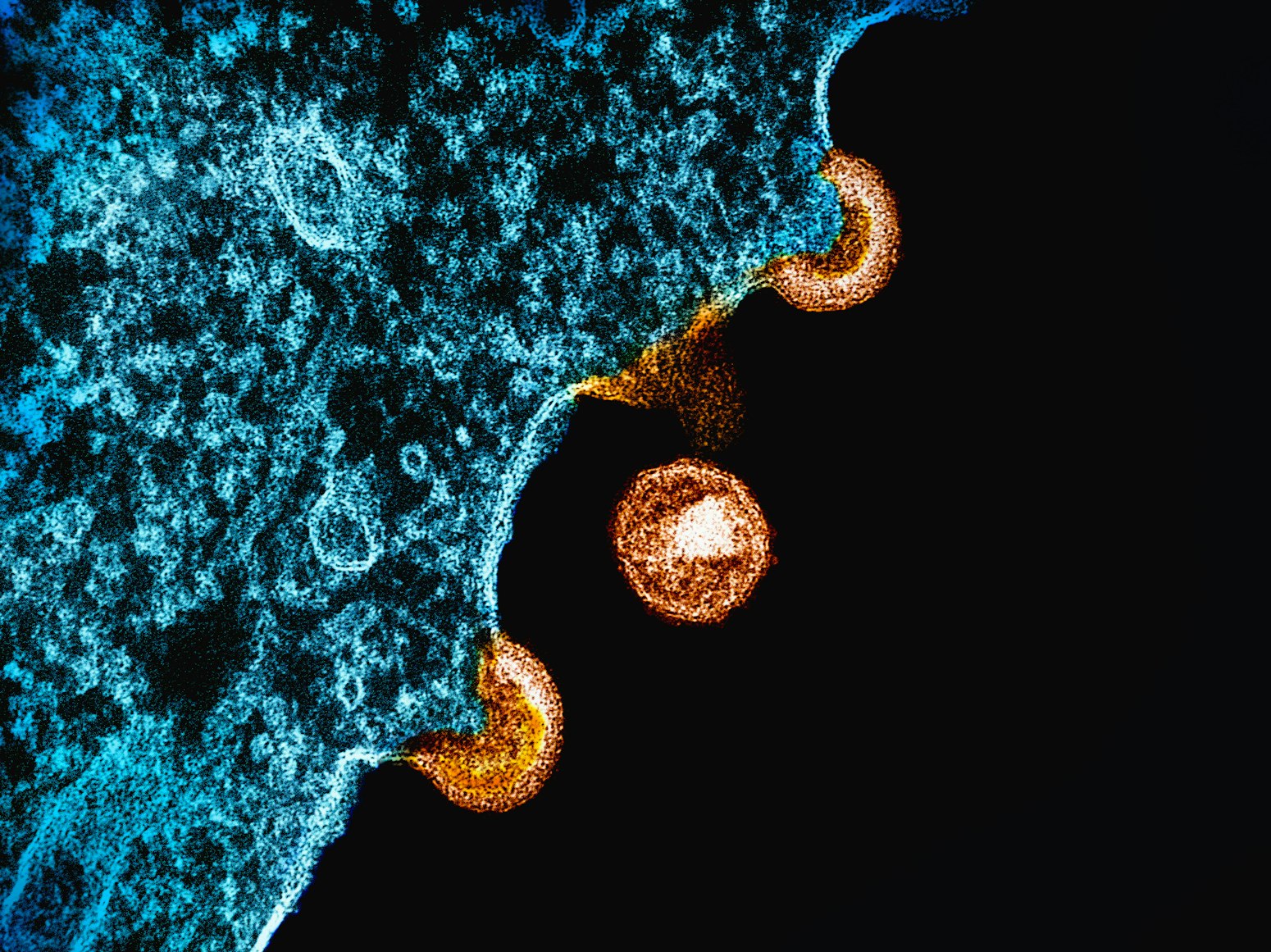Viruses are among the most effective pathogens on the planet, capable of infecting virtually every living organism. Unlike bacteria, viruses cannot replicate on their own; they must hijack a host cell’s machinery to reproduce and spread. This makes them particularly dangerous to humans, as they can evade detection and disrupt the body’s normal functions.
The Entry of Viruses into Host Cells
The first step in a viral infection is attachment. Viruses rely on specialized proteins, called viral receptors, to latch onto the surface of specific host cells. This is a highly selective process, as each virus targets particular cell types. Once the virus binds to the cell, it enters the host’s body, typically through fusion with the cell membrane or via endocytosis, where the virus is engulfed by the cell. After entry, the virus releases its genetic material into the host cell, either into the cytoplasm or directly into the nucleus, depending on the virus type.
Hijacking the Host Cell Machinery
Once inside the host cell, the virus takes control of the cell’s machinery to begin replicating its genetic material. The virus forces the cell to produce viral proteins and copy the viral genome. These new viral components are then assembled into new virus particles. Depending on the virus, the new virions (virus particles) are either released by causing the cell to burst open (lysis) or by budding off, in which case the host cell may survive a little longer.
Damage to Host Cells and the Spread of Infection
The replication process is often detrimental to the host cell, as the virus uses up the cell’s resources. As new viral particles are released, they can infect neighboring cells, spreading the infection throughout the body. This damage to cells, combined with the immune response, is what leads to the symptoms of viral diseases, such as fever, fatigue, and inflammation. In some cases, the infection can become chronic, with the virus continuing to replicate within the body for years.
Viral Evasion of the Immune System
While the body’s immune system is quick to detect viral invaders, many viruses have evolved sophisticated mechanisms to evade detection. For instance, some viruses can mutate rapidly, altering their surface proteins so that immune cells no longer recognize them. Others can inhibit the immune system’s ability to produce interferons, a key signal that alerts neighboring cells to the viral presence. These tactics make viruses particularly difficult to eliminate, allowing them to persist in the body and sometimes even cause long-term infections.
Summary: The Complex Nature of Viral Infections
The ability of viruses to infiltrate and manipulate host cells makes them both fascinating and dangerous. Understanding how viruses attack the human body is key to developing effective treatments and preventive measures, such as vaccines, that can minimize their impact on human health.
